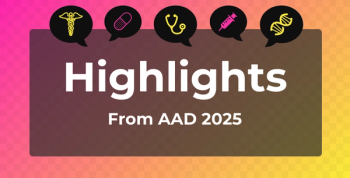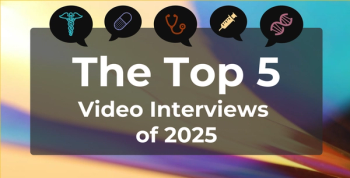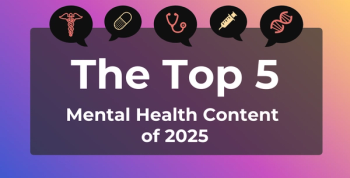
Evolving Role of Oncology Pharmacists Aims to Boost Efficiency, Patient Outcomes: Scott Soefje, PharmD, MBA, BCOP
Oncology pharmacists now work alongside providers to improve efficiency, patient education, and treatment outcomes, according to Scott Soefje, PharmD, MBA, BCOP.
The goal of
He expanded on this topic during the panel discussion "Pharmacy: The Rising Stars in Oncology," alongside fellow experts Anthony Boyd, PharmD; Scott Freeswick, PharmD, MS; Timothy Mok, PharmD, BCOP, BCPS; and Kristen Boykin, PharmD, BCOP, BCPS.
This transcript has been lightly edited; captions were auto-generated.
Transcript
How has the role of the oncology pharmacist evolved with the rapid expansion of oncology medications in both academic and community settings?
In the academic world, oncology pharmacists are really beginning to expand beyond that traditional dispensing role. For a long time in the academic world, we've had pharmacists on the inpatient side, doing rounding with teams, doing teaching with the teaching services, those kind of things. The decentralized pharmacist model has been pretty common for several years.
What's happening now is we're starting to see that in the clinic space. We now have pharmacists that, I like to say, are shoulder-to-shoulder with providers and face-to-face with patients who are in that oncology clinic, helping the team be more efficient, treat the patients better, get better outcomes, educate patients, and really make sure that the patients are getting that comprehensive medication management. That's the goal of oncology pharmacy as we go forward.
Amid workforce shortages, what innovative strategies has your organization used to meet the growing demand for oncology pharmacy services?
The workforce is a real problem, I think. One of the things we've been doing is trying to, I guess, the best way to say it is, grow our own. We have a residency program that trains 3 oncology pharmacists a year, and so our goal is to try to keep as many of those as we can.
Unfortunately, in the state of Minnesota, we can't do as much remote work as some other states do; there's some laws that limit us to what we can do remotely. There are some things we can do remotely, but for the most part, we still need to be on-site.
What we've tried to do is develop innovative ways of doing things. In fact, we're talking about whether we can build a job that's a hybrid between hospital and clinic so we can find that person who has an interest in both areas, or the clinic and the infusion center so we can rotate people back and forth.
The other thing I do is I do recruiting a lot. When I hear of somebody who might want to be a pharmacist, I start recruiting them. Again, it's how to identify those people young, get them interested in oncology, and get them into a good training program so that then I can go out and try to recruit them to come to our place. It's not an easy process.
Newsletter
Stay ahead of policy, cost, and value—subscribe to AJMC for expert insights at the intersection of clinical care and health economics.







































